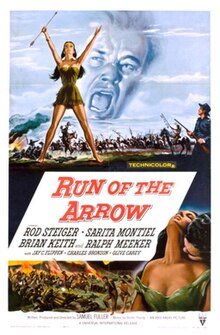
The Crow, whose autonym is Apsáalooke, also spelled Absaroka, are Native Americans living primarily in southern Montana. Today, the Crow people have a federally recognized tribe, the Crow Tribe of Montana, with an Indian reservation, the Crow Indian Reservation, located in the south-central part of the state.

The Lakota are a Native American people. Also known as the Teton Sioux, they are one of the three prominent subcultures of the Sioux people, with the Eastern Dakota (Santee) and Western Dakota (Wičhíyena). Their current lands are in North and South Dakota. They speak Lakȟótiyapi—the Lakota language, the westernmost of three closely related languages that belong to the Siouan language family.

The Cheyenne are an Indigenous people of the Great Plains. Their Cheyenne language belongs to the Algonquian language family. Today, the Cheyenne people are split into two federally recognized nations: the Southern Cheyenne, who are enrolled in the Cheyenne and Arapaho Tribes in Oklahoma, and the Northern Cheyenne, who are enrolled in the Northern Cheyenne Tribe of the Northern Cheyenne Indian Reservation in Montana.
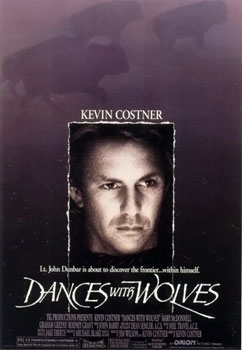
Dances with Wolves is a 1990 American epic Western film starring, directed, and produced by Kevin Costner in his feature directorial debut. It is a film adaptation of the 1988 novel Dances with Wolves, by Michael Blake, that tells the story of Union Army Lieutenant John J. Dunbar (Costner), who travels to the American frontier to find a military post, and who meets a group of Lakota.

Sitting Bull was a Hunkpapa Lakota leader who led his people during years of resistance against United States government policies. Sitting Bull was killed by Indian agency police on the Standing Rock Indian Reservation during an attempt to arrest him at a time when authorities feared that he would join the Ghost Dance movement.

The Blackfoot Confederacy, Niitsitapi, or Siksikaitsitapi, is a historic collective name for linguistically related groups that make up the Blackfoot or Blackfeet people: the Siksika ("Blackfoot"), the Kainai or Blood, and two sections of the Peigan or Piikani – the Northern Piikani (Aapátohsipikáni) and the Southern Piikani. Broader definitions include groups such as the Tsúùtínà (Sarcee) and A'aninin who spoke quite different languages but allied with or joined the Blackfoot Confederacy.

Crazy Horse was a Lakota war leader of the Oglala band in the 19th century. He took up arms against the United States federal government to fight against encroachment by white American settlers on Native American territory and to preserve the traditional way of life of the Lakota people. His participation in several famous battles of the Black Hills War on the northern Great Plains, among them the Fetterman Fight in 1866, in which he acted as a decoy, and the Battle of the Little Bighorn in 1876, in which he led a war party to victory, earned him great respect from both his enemies and his own people.

The Sioux Wars were a series of conflicts between the United States and various subgroups of the Sioux people which occurred in the later half of the 19th century. The earliest conflict came in 1854 when a fight broke out at Fort Laramie in Wyoming, when Sioux warriors killed 31 American soldiers in the Grattan Massacre, and the final came in 1890 during the Ghost Dance War.
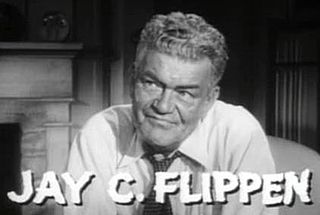
Jay C. Flippen was an American character actor who often played crusty sergeants, police officers or weary criminals in many films of the 1940s and 1950s. Before his motion-picture career he was a leading vaudeville comedian and master of ceremonies.
Joseph M. Marshall III son of Joseph Nelson Marshall Sr. and Hazel Lorraine Two Hawk-Marshall, is a historian, writer, teacher, craftsman, administrator, actor, and public speaker. He was a founding board member in 1971 of Sinte Gleska University, the tribal college at the Rosebud Indian Reservation.
Wooden Leg was a Northern Cheyenne warrior who fought against Custer at the Battle of the Little Big Horn.
H. M. Wynant is an American film and television actor.
Cheyenne military societies are one of the two central institutions of traditional Cheyenne native American tribal governance, the other being the Council of Forty-four. While council chiefs are responsible for overall governance of individual bands and the tribe as a whole, the headmen of military societies are in charge of maintaining discipline within the tribe, overseeing tribal hunts and ceremonies, and providing military leadership. Historically, council chiefs selected which of the six military societies would assume these duties; after a period of time on-duty, the chiefs would select a different society to take up the duties.

Le Vingtième de cavalerie is a Lucky Luke adventure written by Goscinny and illustrated by Morris. It is the twenty-seventh book in the series and it was originally published in French in 1965 and English in 2010 as The Twentieth Cavalry.
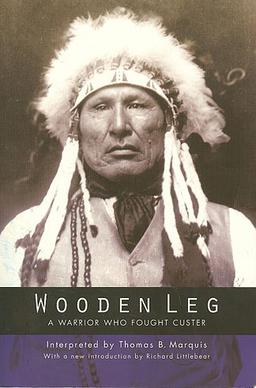
Wooden Leg: A Warrior Who Fought Custer is a 1931 book by Thomas Bailey Marquis about the life of a Northern Cheyenne Indian, Wooden Leg, who fought in several historic battles between United States forces and the Plains Indians, including the Battle of the Little Bighorn, where he faced the troops of George Armstrong Custer. The book is of great value to historians, not only for its eyewitness accounts of battles, but also for its detailed description of the way of life of 19th-century Plains Indians.

The Great Sioux War of 1876, also known as the Black Hills War, was a series of battles and negotiations that occurred in 1876 and 1877 in an alliance of Lakota Sioux and Northern Cheyenne against the United States. The cause of the war was the desire of the US government to obtain ownership of the Black Hills. Gold had been discovered in the Black Hills, settlers began to encroach onto Native American lands, and the Sioux and the Cheyenne refused to cede ownership. Traditionally, American military and historians place the Lakota at the center of the story, especially because of their numbers, but some Native Americans believe the Cheyenne were the primary target of the American campaign.

The Indian Fighter is a 1955 American CinemaScope and Technicolor Western film directed by Andre de Toth and based upon an original story by Robert L. Richards. The film was the first of star Kirk Douglas's Bryna Productions that was released through United Artists. The film co-stars Elsa Martinelli, Walter Matthau, Kirk Douglas's ex-wife Diana Douglas and Walter Abel.
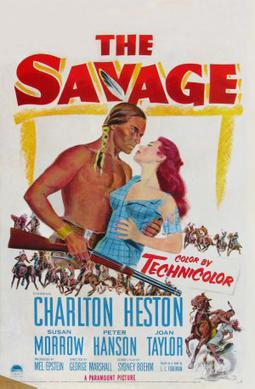
The Savage is a 1952 American Technicolor Western film directed by George Marshall. The film stars Charlton Heston, Susan Morrow, and Peter Hansen. Much of The Savage was shot in the Black Hills of South Dakota. The film is based on L. L. Foreman's novel, The Renegade, first published in 1949 by Pocket Books.

They Rode West is a 1954 American Western film directed by Phil Karlson. It reunites the stars of The Caine Mutiny, Robert Francis and May Wynn. It also stars Donna Reed and Philip Carey. Based on the story Wood Hawk by Leo Katcher, it was filmed at the Corriganville movie ranch, using the same fort set that was built in 1948 for the John Ford film "Fort Apache."
The Mizpah Creek incidents, were a series of incidents that occurred from April 5 – June 8, 1879, between United States soldiers and civilians, and eight Northern Cheyennes, that resulted in the death of one U.S. soldier, and the capture of the eight Cheyenne, three of whom committed suicide in prison at Miles City, Montana Territory. The incidents occurred near Mizpah Creek, a tributary of the Powder River, in Montana Territory.
